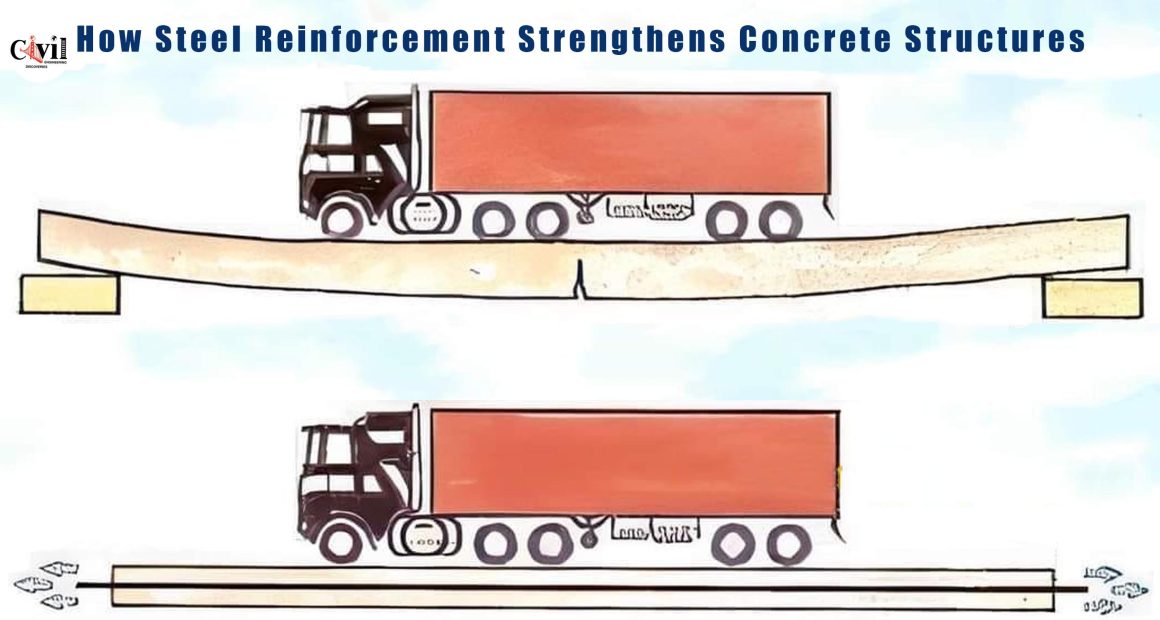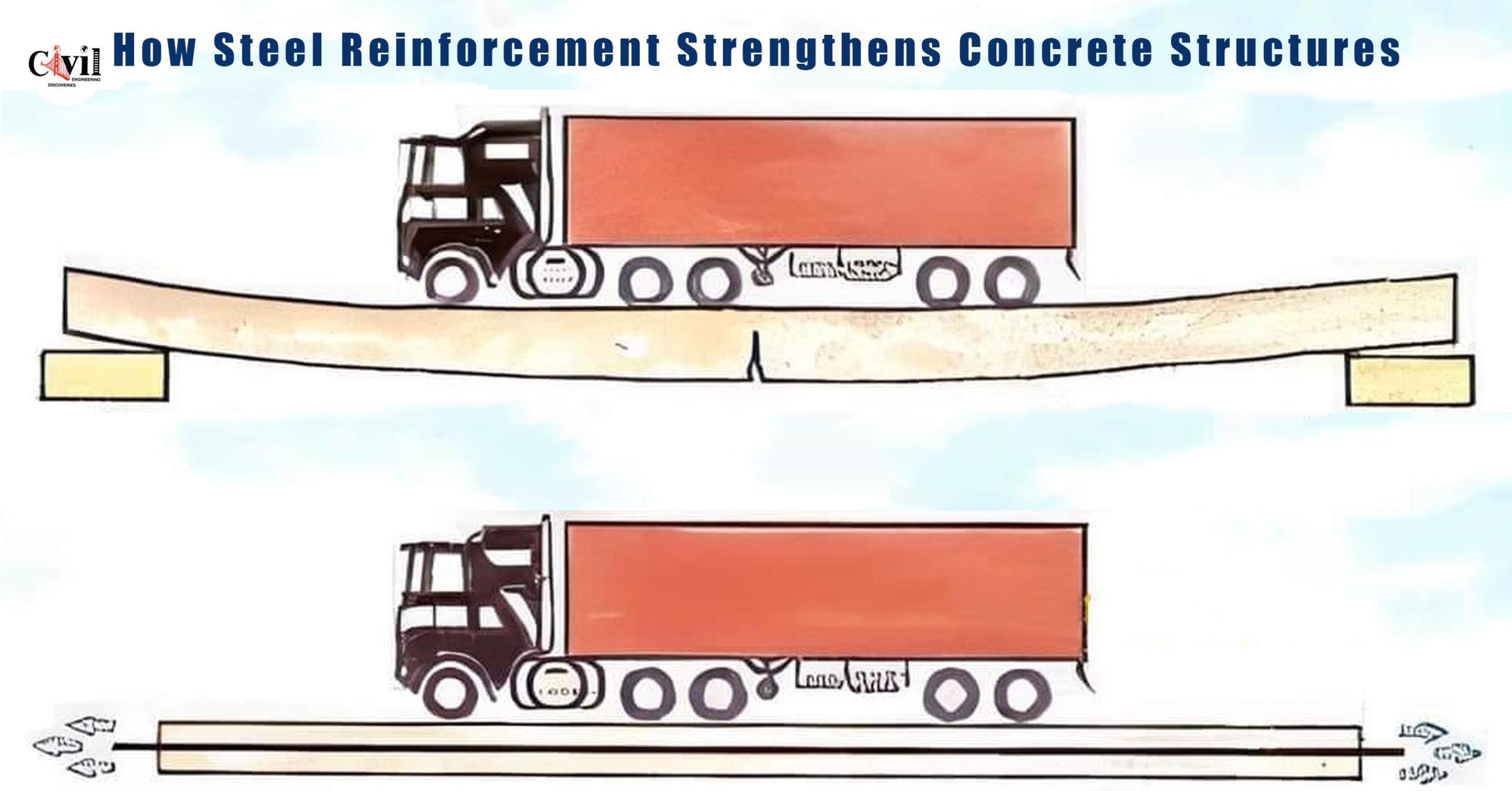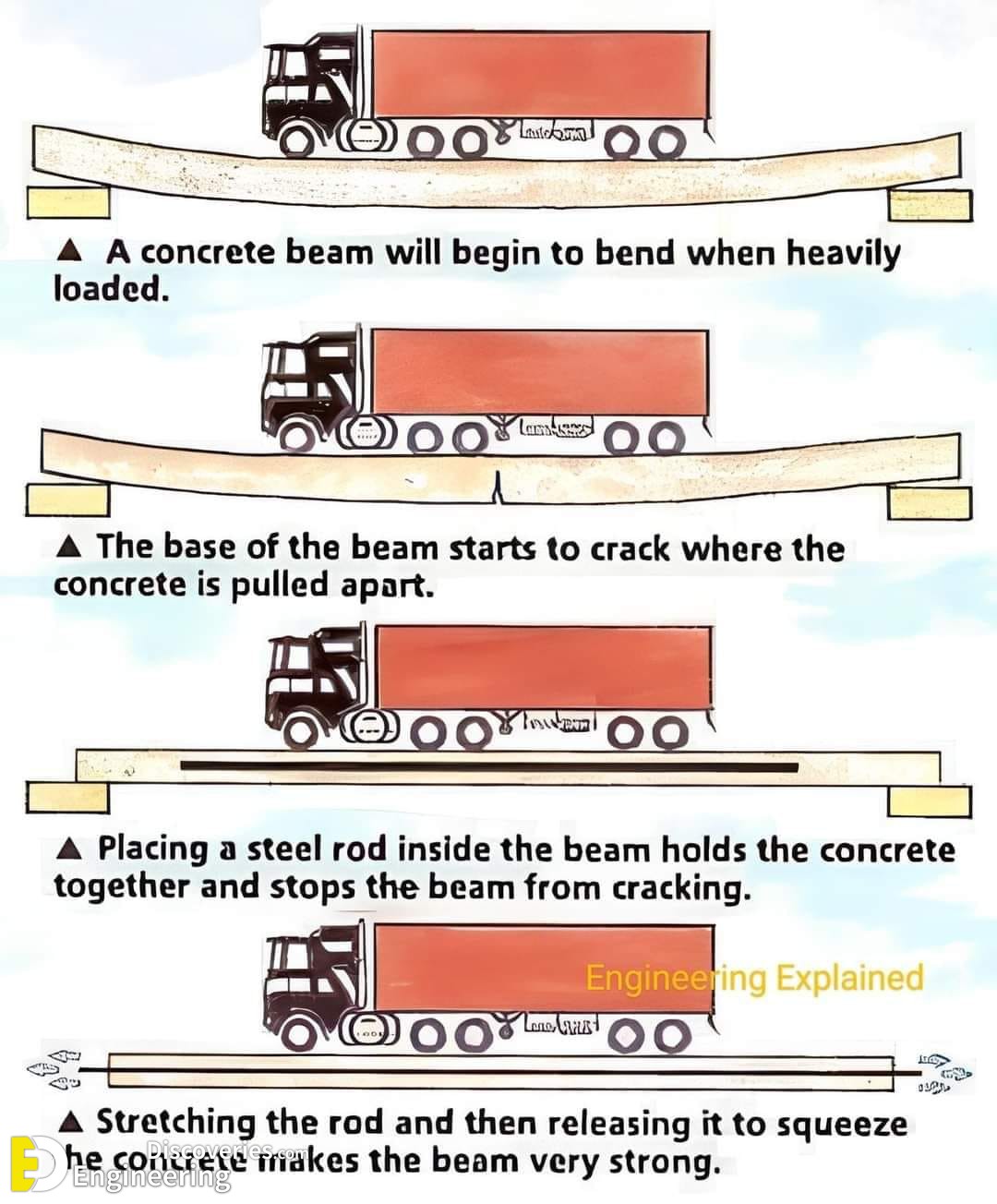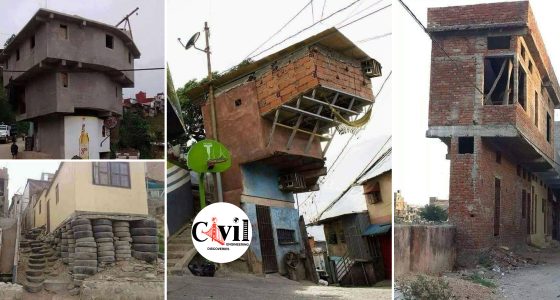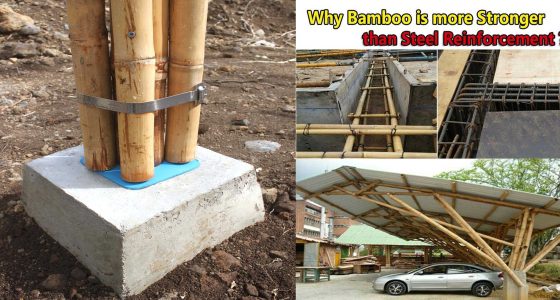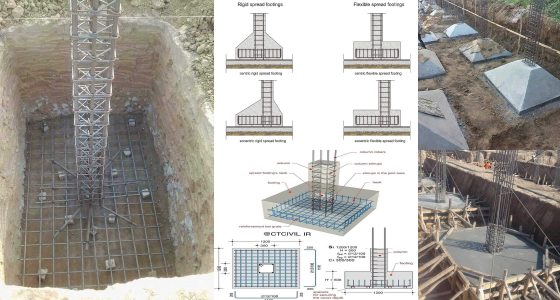Concrete is one of the most widely used materials in construction, valued for its strength and durability. However, its capacity to resist tensile forces is limited. This is where steel reinforcement comes into play, significantly enhancing the performance of concrete structures.
The Role of Steel in Reinforced Concrete
Steel reinforcement, also known as rebar, is used to support the structural integrity of concrete. While concrete is strong in compression, it is weak in tension. Steel compensates for this by absorbing tensile stresses. This combination allows reinforced concrete to withstand both compressive and tensile forces, making it ideal for large structures like bridges, buildings, and dams.
Key Benefits of Using Steel Reinforcement
- Enhanced Durability
Steel-reinforced concrete structures have a longer lifespan. The integration of steel allows concrete to handle dynamic loads and resist cracking over time. - Improved Flexibility
Concrete by itself is brittle and prone to cracking under load. With steel reinforcement, structures become more flexible, bending slightly under stress without breaking. - Resistance to Environmental Stressors
Steel reinforcement protects concrete from environmental factors such as temperature changes, moisture, and corrosive chemicals. This ensures that the structure remains stable and safe under varying conditions.
Types of Steel Reinforcement
- Carbon Steel Rebar
The most common type of reinforcement, carbon steel is strong, affordable, and widely used in general construction. - Stainless Steel Rebar
For projects requiring high corrosion resistance, stainless steel rebar is preferred. It is especially suitable for marine environments and chemical plants. - Epoxy-Coated Rebar
Used in areas prone to moisture, epoxy-coated steel provides an extra layer of protection against corrosion, extending the life of the concrete structure.
How Steel Reinforcement Supports Structural Design
Steel reinforcement is typically embedded in concrete to form a network of bars or meshes. The placement of these bars is strategic, depending on the type of load the structure will bear. Vertical bars resist compressive loads, while horizontal ones handle tensile stresses.
This symbiotic relationship between steel and concrete allows buildings and infrastructure to withstand heavy loads and environmental stressors. It also reduces the amount of concrete needed, leading to more efficient designs.
Conclusion
Steel reinforcement is essential for modern construction. It strengthens concrete structures, improves durability, and increases flexibility. By using steel reinforcement, architects and engineers can design safer, longer-lasting, and more efficient structures that can endure both natural and man-made stressors.
Click Here To See Understanding Punching In Spread Footing: Causes And Prevention
